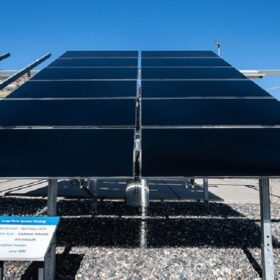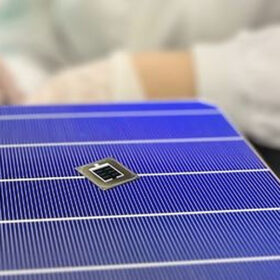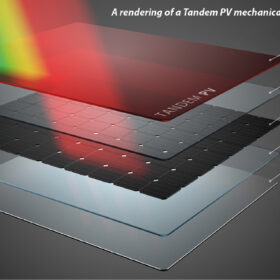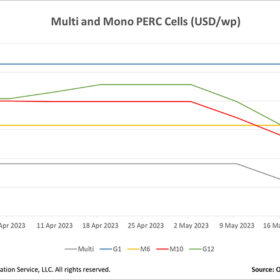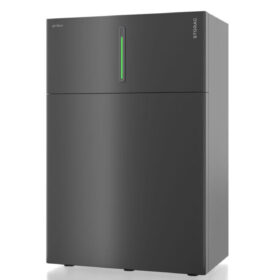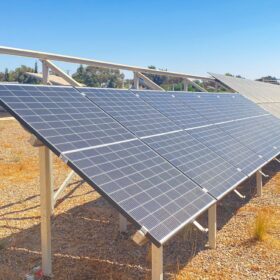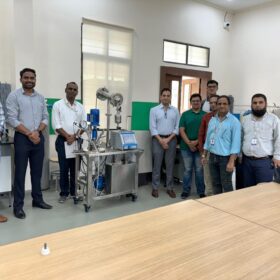Trina to build 25 GW ingot factory, Longi reduces wafer prices by 30%
Longi said today it cut the prices of its wafer products by 30% and Trina announced it will build a 25 GW monocrystalline ingot factory in the Sichuan province. Furthermore, the National Bureau of Statistics (NBS) revealed that the Chinese PV industry produced 39.92 GW of solar cells in April, and Datang Group unveiled the results of a tender to procure 8 GW of solar panels.
Global Electronics Council releases new standard for ultra-low carbon PV panels
The Global Electronics Council has delivered standard inspection processes built upon models combining local power grid emissions and subcomponent energy needs to determine the embodied carbon footprint of globally manufactured solar panels.
Global investment in clean energy nearly doubles that of fossil fuels
For every dollar invested in fossil fuels, 1.7 dollars are invested in clean technologies. Five years ago, it was a one-to-one ratio, said the International Energy Agency.
KAUST claims 33.7% efficiency for perovskite/silicon tandem solar cell
The European Solar Test Installation (ESTI) has confirmed the results of King Abdullah University of Science and Technology’s (KAUST) new perovskite/silicon tandem solar cell. The 1 cm2 device also achieved an open-circuit voltage of 1.974 V, a short-circuit current density of 20.99 mA/cm2, and a fill factor of 81.3%.
Pushing perovskite PV limits
The perovskite solar race is heating up, with a cue of manufacturers forming to test products at the US Department of Energy’s (DoE) PV commercialization facilities, and academics on both sides of The Pond announcing new advances in recent months.
Solar module prices hit 2-year low
The US National Renewable Energy Laboratory (NREL) has published a new report focusing on core benchmarks for PV prices, deployment, and imports.
Cell prices slip, weighed down by sustained falling upstream prices
In a new weekly update for pv magazine, OPIS, a Dow Jones company, provides a quick look at the main price trends in the global PV industry.
German manufacturer unveils 10 kWh residential redox flow battery
Prolux Solutions has developed a redox flow battery with a charging and discharging capacity of 4 kW and 5 kW of peak power. It is designed to be coupled with PV systems in homes with high consumption profiles.
Anti-soiling PV coating delivers 3% boost in energy production
A study conducted in the semi-arid weather conditions of Ben Guerir, Morocco, evaluated the performance of antistatic and hydrophobic coatings for photovoltaic solar panels. After nine months of operation, the PV panels with coatings developed by Portuguese company ChemiTek produced an average of 3% more energy than the uncoated ones.
Annual floating solar additions to top 6 GW by 2031, says WoodMac
The global floating solar (FPV) market is expected to keep up its steady growth, as the Asia-Pacific region continues to lead demand.

